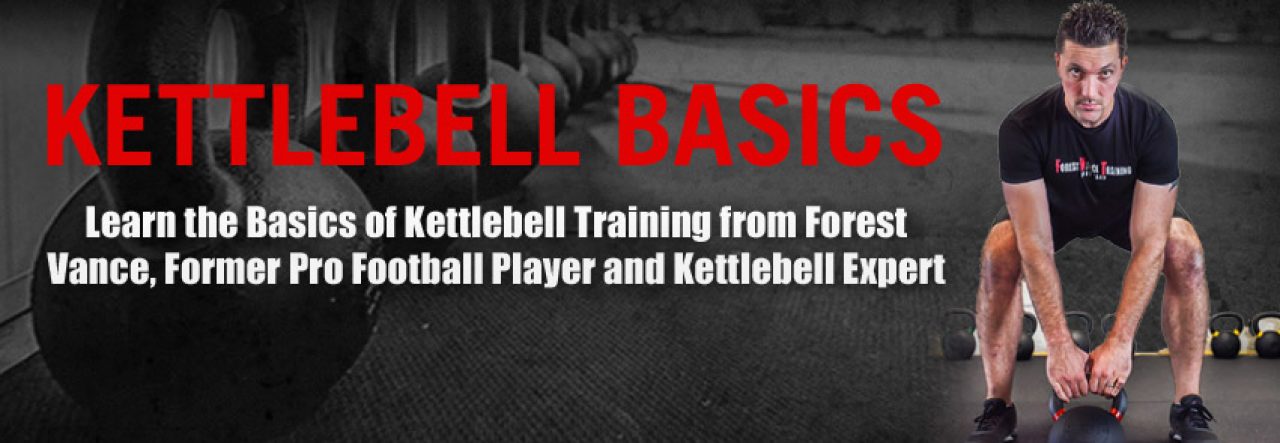As an incentive to get folks into my training studio, and to let them ‘try before they buy’, so to speak, I offer prospective new clients a complimentary trial session – they get to tour my facility and go through a short sample workout. I’ve built my personal training and boot camp business around using this offer to get new clients in the door –
During this initial trial workout, I usually can tell within 60 seconds or so (many times even less) a person’s athletic ability, training experience, fitness level etc. One of the big indicators is their ability to effectively produce muscle tension/tightness during an exercise on cue.

Take a simple squatting movement for example: Can the individual maintain midline stability – keep their chest up, shoulders back, and flat back – or do they collapse, round their back and loose tension in their core when they attempt the exercise?
In my opinion, the #1 kettlebell strength building skill is the ability to produce muscle tension and tightness during exercise. This ability will make you instantly stronger, will protect you from injury, and is transferable to many other strength activites. Let’s further elaborate on each of these points:
1. Effectively producing muscle tension makes you stronger instantly
The ability to tense and contract muscles in your body on cue can result in instant strength increases. The basic idea (covered beautifully and in much further detail in Pavel’s The Naked Warrior) is that the average person only contracts 20-30% of their muscles when trying their hardest; learning to effectively recruit muscle tension helps you use more of your available strength at any given time.
An example of this phenomenon is the mother who ‘activates’ a large percentage of muscle fibers (through adrenaline and other stress hormones) to lift a car off of her trapped child – but ends up ripping tendons and breaking bones in the process.
2. Muscle contraction – specifically the ability to brace the ‘core’ – protects you from injury
Relaxing your core during a heavy lift and losing your midline stability not only makes you weaker but it also makes you more susceptible to injury. The core musculature is the like the body’s natural weight belt – and you’re in trouble if you don’t know how to use it.
3. Muscle tension techniques are transferable to all strength activities
Learning how to create maximal muscle tension at the right time is helpful for all strength activities – whether you’re doing pistol squats or heavy deadlifts. And if you learn how to activate extra muscle and strength while performing, for example, a simple body weight – only push-up exercise, these techniques can be applied the next time you attempt a heavy kettlebell press.
Muscle Tension Exercise Example
Let’s do a basic exercise as an example of how to practice this technique –
Start by placing yourself in the down position of a push-up and and tense all of your muscles together before pushing up. If you practice once without pre-tensing and then practice again after pre-tensing all the core muscles you will see the huge benefit that developing maximal muscle tension in an exercise can give you.
The ability to effectively produce muscle tension at just the right time is critical for getting the most out of your kettlebell training. You’ll get stronger, protect yourself from injury, and be able to transfer the skill to all types of strength training. Train hard and talk soon –
Forest Vance, MS, RKC II, CPT
P.S. To learn more about tension techniques I discussed in this article, a great resource is the Naked Warrior by Pavel. The book is about getting strong using your own body weight, but the techniques he talks about are very easily applied to kettlebell training. For more info about the program and to order a copy of the book and/or DVD, click the link below:

Pingback: Kettlebell Exercises | Kettlebell Basics